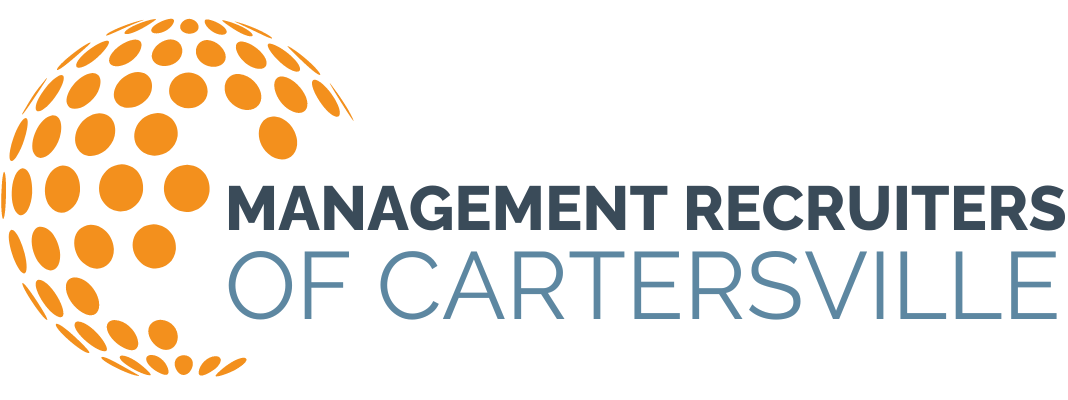Average Nursing Home Administrator Salary Jumps to $123K; DONs rise to $103K
Nursing home administrators and other top executives saw larger than average salary increases over the past year, indicating a possible effort by operators to keep hard-to-find talent in-house. A relatively low 11.6% turnover rate, according to one expert, indicates such efforts are finding success.
The national average nursing home administrator salary for facilities of all types rose 4.35% (to $127,967). Assistant administrators realized a 3.46% jump (to $74,175).
Meanwhile, directors of nursing rose to an average of $103,343 (2.82% higher) and assistant DONs reached $85,511 (1.98% higher).
All figures are cited for same-facility changes in the 42nd annual “Nursing Home Salary & Benefits” report produced by Hospital and Healthcare Compensation Service, which was released Monday.
The largest annual survey of its kind, the HCS report is endorsed by LeadingAge and conducted in cooperation with the American Health Care Association. It covers dozens of titles and breaks down findings into various bed sizes, ownership class and geographic region, as of March 1, 2019.
Titles at the top — including a 5.45% increase for executive directors, 4.01% rise for HR directors and 3.29% increase for CFOs — caught one analyst’s eye.
“Salary increases in the 2.5 percent range is what we have seen almost across the board in healthcare, from acute care through long-term care,” Paul Gavejian, managing director of Total Compensation Solutions, told McKnight’s on Monday. “When you go above it, it’s rare. Perhaps what we’re seeing is that because they’re getting decent increases, turnover is not as high as it’s been in the past.
“If there’s a conversation out there in the real world, it’s pretty difficult to recruit new people at the executive level. There’s the suggestion if you give decent increases, you’re not necessarily going to see them jumping ship.”
Gavejian also noted that pay raises at the top of the scale emerged stronger for nonprofit executives than their for-profit counterparts. This, he said, could be because the “accountability” is “a little different” when nonprofits might have direct and final oversight over smaller campuses or clusters of facilities, as opposed to for-profit leaders who are part of larger corporate infrastructures.
The relationship is the opposite in the nursing ranks, senior consultant Matt Leach of Total Compensation. For-profit nurse supervisors and LPNs averaged about 10% and nearly 20% more than their nonprofit counterparts. This has led to tougher retention battles for nonprofits, he explained.
Participation in the HCS survey was up “across the board” this year, Leach said, indicating greater interest and competition in compensation levels. More than 1,600 facilities, and 166,000 employees, were accounted for this year.
The publication is available for purchase from the HCS website at $275 for LeadingAge and AHCA members and $350 for others.
